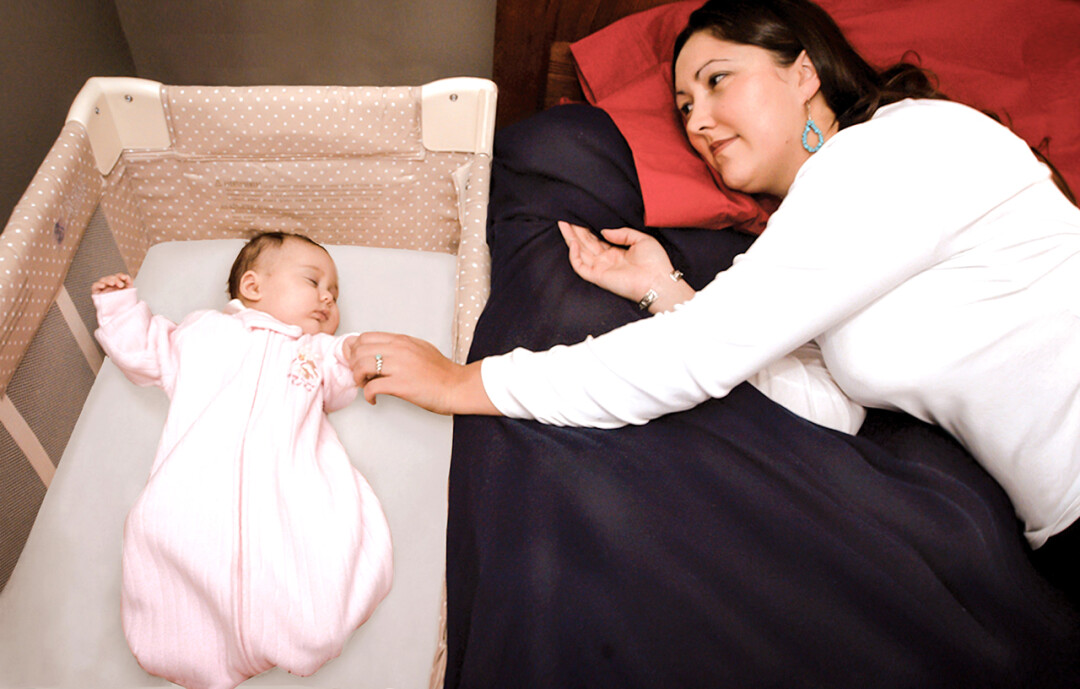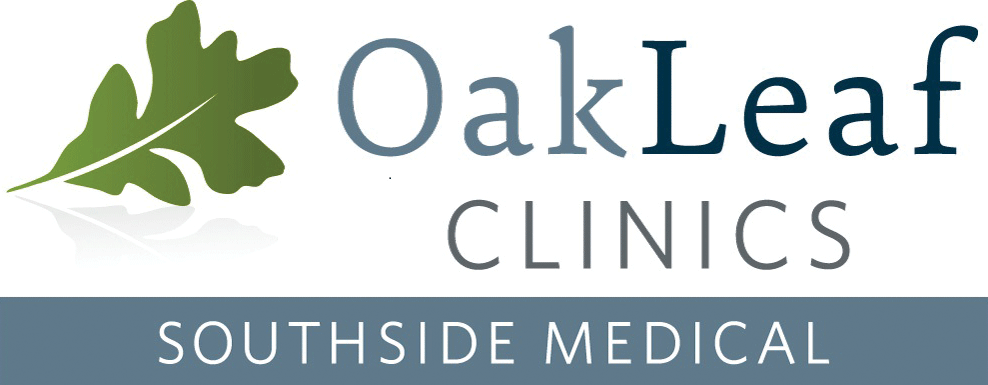Taking Safe Sleep on the Road
ensure your baby’s sleep environment is safe, wherever you are
Ellen Jacobs, Eau Claire City-County Health Department

Traveling with baby takes a lot of planning and supplies. Making a “safe sleep plan” is a part of prepping for a trip. Having a plan helps parents and caregivers know that your baby will sleep safely wherever they go.
Babies love and need consistent sleep environments. Here’s how to create your safe sleep plan:
Check if the hotel or house you’re visiting has a crib or portable play yard (i.e. Pack ’n Play)
If yes:
- Make sure it meets safety standards!
- Less than two fingers should fit between side of crib and mattress.
- Slats close together (can’t fit a 12-ounce can between them).
- Not a drop-side crib.
- No missing, broken, or damaged parts.
- Not more than 10 years old.
- Has firm mattress.
If no:
- Bring a portable play yard. It’s easy to set up and provides a safe space for baby to sleep and play. Set it up away from windows, curtains, monitors, or cords.
Keep the sleeping area bare
• No blankets, pillows, or toys.
Give your baby his or her own sleep space
• It should be away from other kids, pets, and adults.|
• Infants can get injured or have airway blocked if not sleeping alone.
Keep it cool
• The best sleep temperature for babies is 68-72° F.
• Dress your baby in one more layer than you have on.
Don’t use the car seat as a sleeping area for baby when not in the car
• Take your baby out of car seat when you arrive.
Follow the ABCS
(And make sure everyone who will be watching your baby knows the ABCS too!)
• Alone: no other people or objects in baby’s sleep area.
• On Back: always put baby to sleep on back.
• In Crib: bassinet or portable – firm sleep surface with only fitted sheet. In Smoke-free air.
For more information, visit: safetosleep.nichd.nih.gov/safesleepbasics/about and www.cpsc.gov/Safety-Education/Safety-Education-Centers/cribs/
Ellen Jacobs, MSN, RN, CLC, is a public health nurse with the Eau Claire City-County Health Department.


